While Carolyn joined me at the end of the Technos trip, it was to enable us to explore old Japan and old Korea.
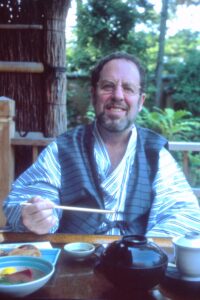
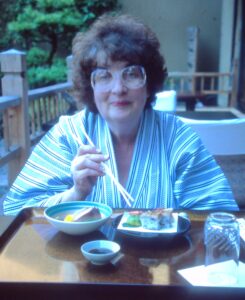 By old Japan, I had in mind Kyoto and Nara, where World War II had not flattened the buildings or firebombed them, partly because Secretary of War Henry Stimson had honeymooned there. Tourists ought to sing his praises.
By old Japan, I had in mind Kyoto and Nara, where World War II had not flattened the buildings or firebombed them, partly because Secretary of War Henry Stimson had honeymooned there. Tourists ought to sing his praises.
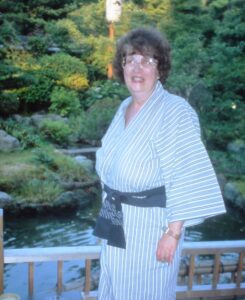 While Nintendo claims Kyoto as its headquarters, it is better known for having been the capital of Japan from 794 until 1869. Known as Heian, it exudes charm, with the Kyoto palace buttressed by several Buddhist shrines. It has an older section of the city which was where “Memories of a Geisha” was filmed, and I wouldn’t be surprised if that’s where we stayed.
While Nintendo claims Kyoto as its headquarters, it is better known for having been the capital of Japan from 794 until 1869. Known as Heian, it exudes charm, with the Kyoto palace buttressed by several Buddhist shrines. It has an older section of the city which was where “Memories of a Geisha” was filmed, and I wouldn’t be surprised if that’s where we stayed.
Talk about “customer service.” With kimonos in our room, we were transported back in time to greater luxury and ambience. One evening, three meals, two treasures the cost, 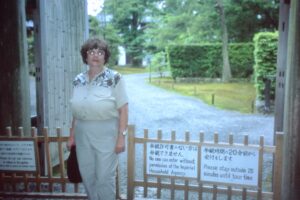 and worth it. Ryokan is the category.
and worth it. Ryokan is the category.
 If the city resembles a Tang dynasty capital–Chang’an (Xi’an) or Luoyang, it’s no accident. the “peaceful capital” (Heian) was modeled after those imperial cities. Isn’t that what it meant to be an emperor in Asia, even in the land where the sun comes up? (Nihon).
If the city resembles a Tang dynasty capital–Chang’an (Xi’an) or Luoyang, it’s no accident. the “peaceful capital” (Heian) was modeled after those imperial cities. Isn’t that what it meant to be an emperor in Asia, even in the land where the sun comes up? (Nihon).
Nara provided an 80-year prelude as the first capital of Japan, which later moved to Kyoto where it remained for a thousand years. Again, I felt we were in Tang China, which provided the feng shui for the layout of the 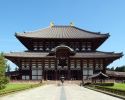 city. It still houses 8 UNESCO heritage sites, but one of the unusual features is the deer park, which ecompasses the temples and shrines. It also protects the tiny deer.
city. It still houses 8 UNESCO heritage sites, but one of the unusual features is the deer park, which ecompasses the temples and shrines. It also protects the tiny deer.
The Todaji temple is the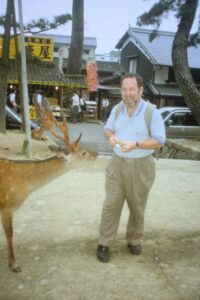 world’s largest wooden building. Fittingly, Kyoto’s sister cities include Xi’an and Kyongju.
world’s largest wooden building. Fittingly, Kyoto’s sister cities include Xi’an and Kyongju.
As part of our tour of Tang China’s imitators, I wanted to take Carolyn to Kyongju, at one time the fourth largest city in the world. It was the capital of the Silla Kingdom from 57 BC until 935 AD. I’d been to the “museum without walls,” but couldn’t get enough of its ancient splendor. The peak was the 7-9th century when the Silla ruled most of the Korean peninsula.
Today, historic buildings such as the Bulguksa (Buddhist) temple, 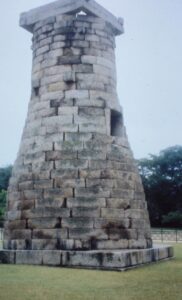
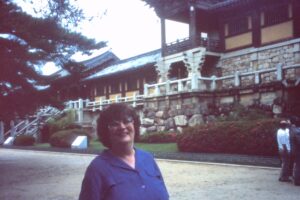 the observatory, the bell, and the mostly un-excavated mounds evoke a splendid past. The museum has some artifacts, too.
the observatory, the bell, and the mostly un-excavated mounds evoke a splendid past. The museum has some artifacts, too.
The Buddha in the cave  (Seokguram) is the most beautiful buddha I have ever seen.
(Seokguram) is the most beautiful buddha I have ever seen.
The one disappointment I had was that when I had been in Korea in 1997, it was during the cherry blossom time. Gumi, our base then, was resplendent white. When Carolyn and I went through it on the train to Kyongju, all we saw was a naked industrial city.
To her great surprise, Carolyn enjoyed the food, even the seafood. She is educable.
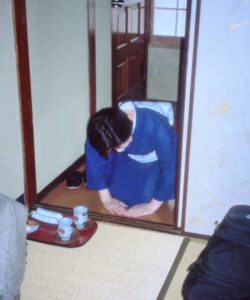
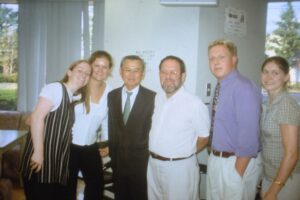
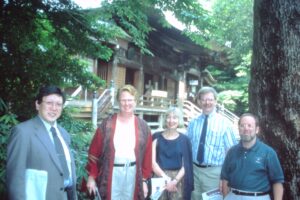
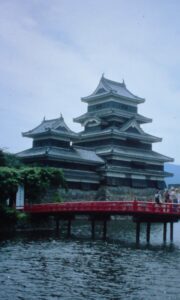 The format was that we would be flown to Tokyo and all our expenses would be covered. Given how expensive Japan was, that was useful. We had a $50 voucher one night and it bought a hamburger and a coke. We stayed in different neighborhoods, which gave us a sense of the size if not diversity of Tokyo. As I recall, early on, we had a tremor, learning what the “rim of fire” was about.
The format was that we would be flown to Tokyo and all our expenses would be covered. Given how expensive Japan was, that was useful. We had a $50 voucher one night and it bought a hamburger and a coke. We stayed in different neighborhoods, which gave us a sense of the size if not diversity of Tokyo. As I recall, early on, we had a tremor, learning what the “rim of fire” was about.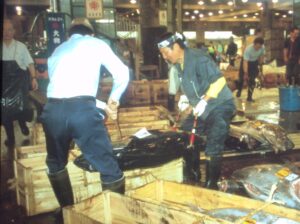 most expensive went for $3 million. Charlie the Tuna would have been as astonished as I was to see the activity in the wee hours of the morning.
most expensive went for $3 million. Charlie the Tuna would have been as astonished as I was to see the activity in the wee hours of the morning.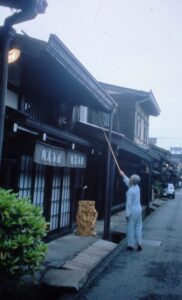 The third was a stay in a small town that looked like (and probably was) a locale for pictures of early Japan. Small shops, small buildings.
The third was a stay in a small town that looked like (and probably was) a locale for pictures of early Japan. Small shops, small buildings.